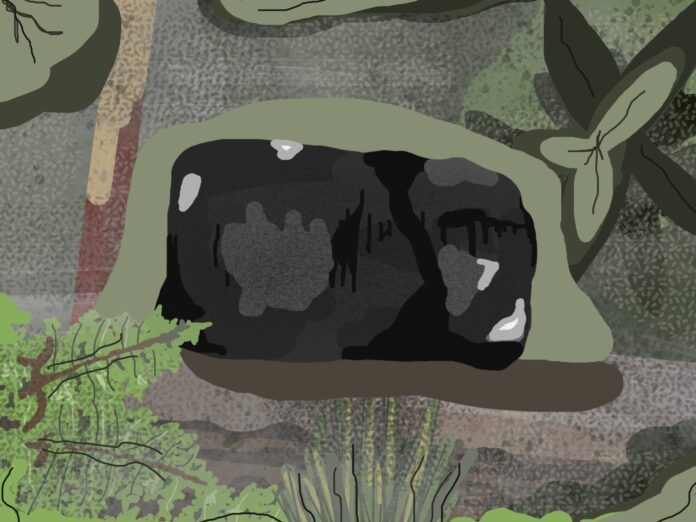Though coal was a key player in the technological boom of the Industrial Revolution and contributes a third of global energy-related carbon dioxide emissions, it’s origin continues to be a topic of debate among scholars.
Around 360 million years ago, the spread of vast, dense and swampy forests marked the beginning of the Carboniferous Period across northern Europe, Asia and midwestern and eastern North America. This period led to the formation of massive deposits of peat — an accumulation of partially decayed organic material. The pressure and heat associated with tectonic plate movement turned such peat deposits into a widely used carbon-rich rock known as coal.
A well-known hypothesis for why the carboniferous period was productive ground is that while woody plants thrived, the fungi at the time had not yet evolved the ability to decompose lignin — a substance that makes wood rigid. Instead of decomposing, these trees were preserved until they were eventually buried by sediment and pressurized into coal. However, this explanation for the abundance of coal dominating the carboniferous period is contested by many experts. The main argument is that it seems unlikely that millions of years passed before fungi were able to break down lignin, or that there was enough plant matter in that time to result in the massive amounts of coal deposits.
A more widely accepted theory emerged from a 2016 paper by Kevin Boyce and William DiMichele, who rejected the previous hypothesis and argued that the carboniferous period was essentially “the perfect geological storm.” Many large, sinking tectonic basins were formed in present-day Europe and the eastern United States as tectonic plates merged into the supercontinent Pangaea. These basins happened to form in wet tropics and as plants died, they fell into stagnant pools with minimal oxygen, allowing for plants to form peat due to the lack of bacteria and fungi in those specific areas. As this peat is covered during glacial-interglacial cycles, it is preserved, its weight squeezing out water and leaving behind coal as the end product.
Maurice Dusseault, an engineer and lecturer at the University of Waterloo, said in the thickening muskegs of Northern Ontario, conditions are developing for the coalification of organic matter.
“If these thick organic layers are buried under anaerobic conditions, then the Archaea take over,” Dusseault said. “These methanogens break down the cellulosic molecules and leave behind very low-grade coal.”
If these lowlands in Northern Ontario were buried, physical compaction would eventually turn the lignite into sub-bituminous coal or high grade bituminous coal, depending on the level of stress occurring. “If organic matter gets buried and decomposes anaerobically courtesy of archaebacterial processes, coal of some grade ensues,” he said.
Today, coal is the biggest contributor of climate change caused by human activity. In 2017, coal generated 27 per cent of the world’s energy and accounted for 46 per cent of global carbon emissions. Now, climate activists and scientists are urging industries to invest in renewable energy sources. The Government of Canada has committed to phasing out coal-fired electricity, effectively eliminating coal-produced energy by 2030.
With such a long history of formation through the Carboniferous, Cretaceous and current Quaternary period, and it’s use since the Industrial Revolution, the mysteries behind this geological wonder are finally being uncovered.






























